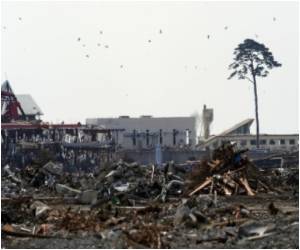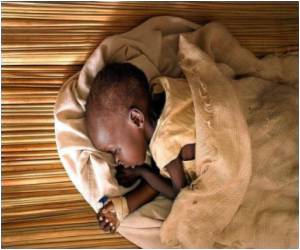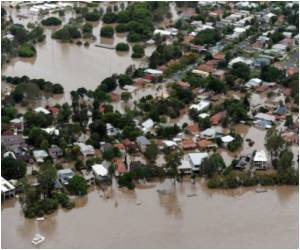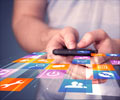Mobile phone positioning data can be used to monitor population movements during disasters and outbreaks, according to a study published in this week's PLoS Medicine.
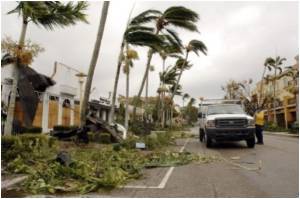
Their findings show that routinely collected data on the movements of active SIM cards in a disaster-affected nation can provide estimates of the magnitude, distribution, and trends in population displacement, and that the method can be used for close to real-time monitoring of population movements during an infectious disease outbreak. Results of the study also suggest that this method could provide estimates on area-specific population sizes and could lead to important improvements in the allocation of relief supplies.
The authors say: "We recommend establishing relations with mobile phone operators prior to emergencies as well as implementing and further evaluating the method during future disasters."
However, this approach may not be effective in all situations, since disasters can destroy mobile phone towers and some areas have sparse network coverage. Additionally, mobile use may be lower in some population groups such as children or the elderly.
In an accompanying perspective article, Peter Gething of the University of Oxford, United Kingdom and Andrew Tatem from the University of Florida, USA, both uninvolved in the study, discuss the potential impact of mobile phone positioning data on responses to disaster. They highlight challenges that must be addressed if use of this technology for disaster response planning is to develop, including how to assess cross-border population movements and the need for protocols to protect the privacy of data, saying: "Bengtsson and colleagues have demonstrated a valuable proof-of-concept of the use of phone data in disaster response, but substantial further work will likely be required before operational usage becomes common."
Gething and Tatem continue: "While millions continue to be adversely affected by natural disasters, in an increasingly connected world where mobile phone ownership is becoming ubiquitous, these data will likely become a valuable component of the disaster response toolbox. Bengtsson and colleagues have taken the first step towards this full potential being realised."
Advertisement
Source-Eurekalert

